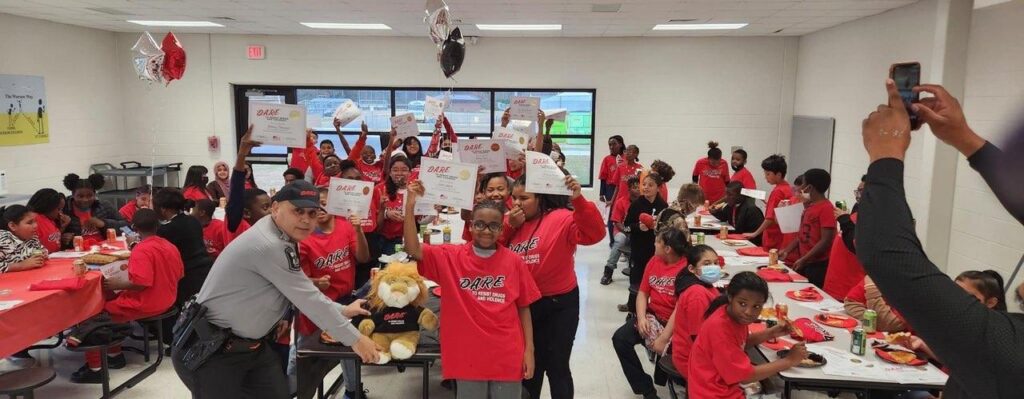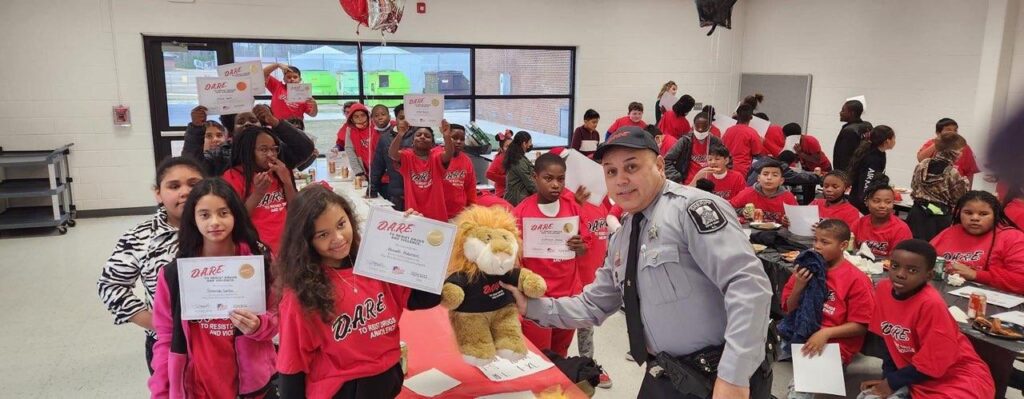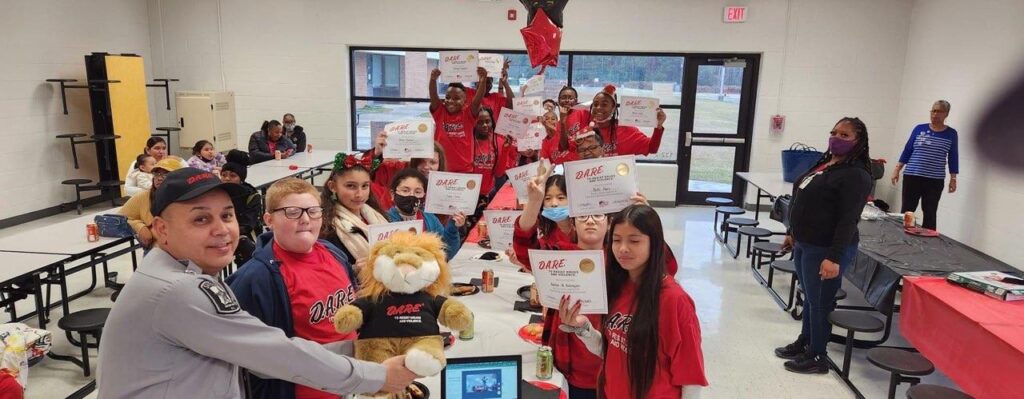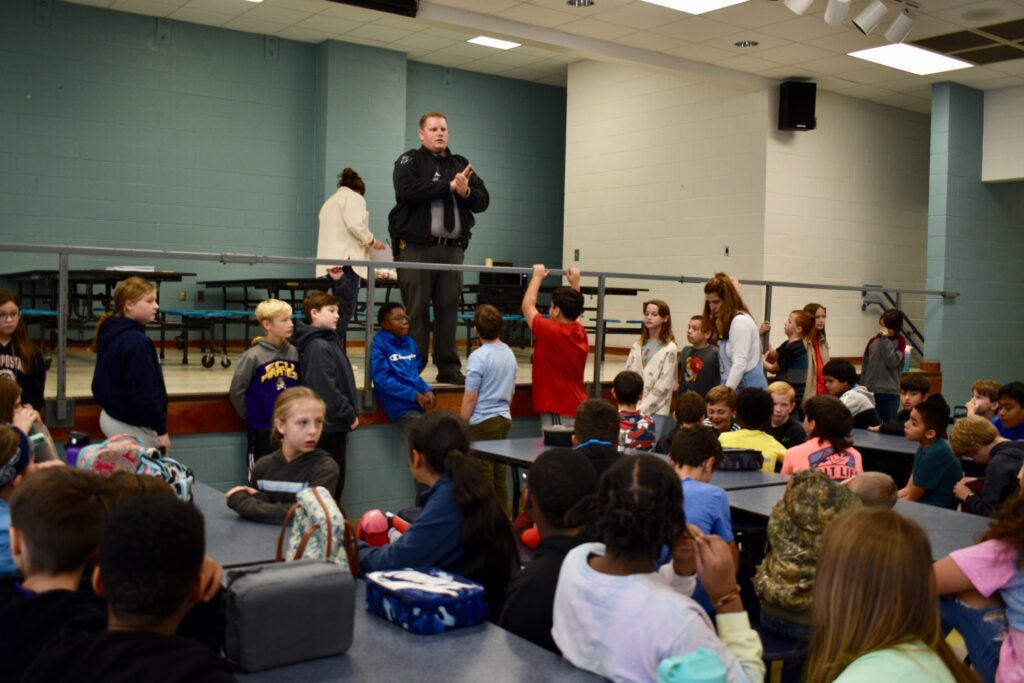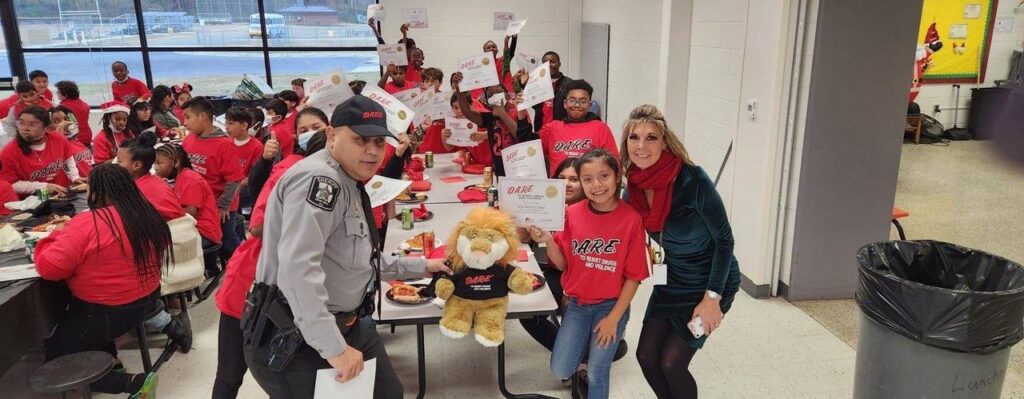D.A.R.E.
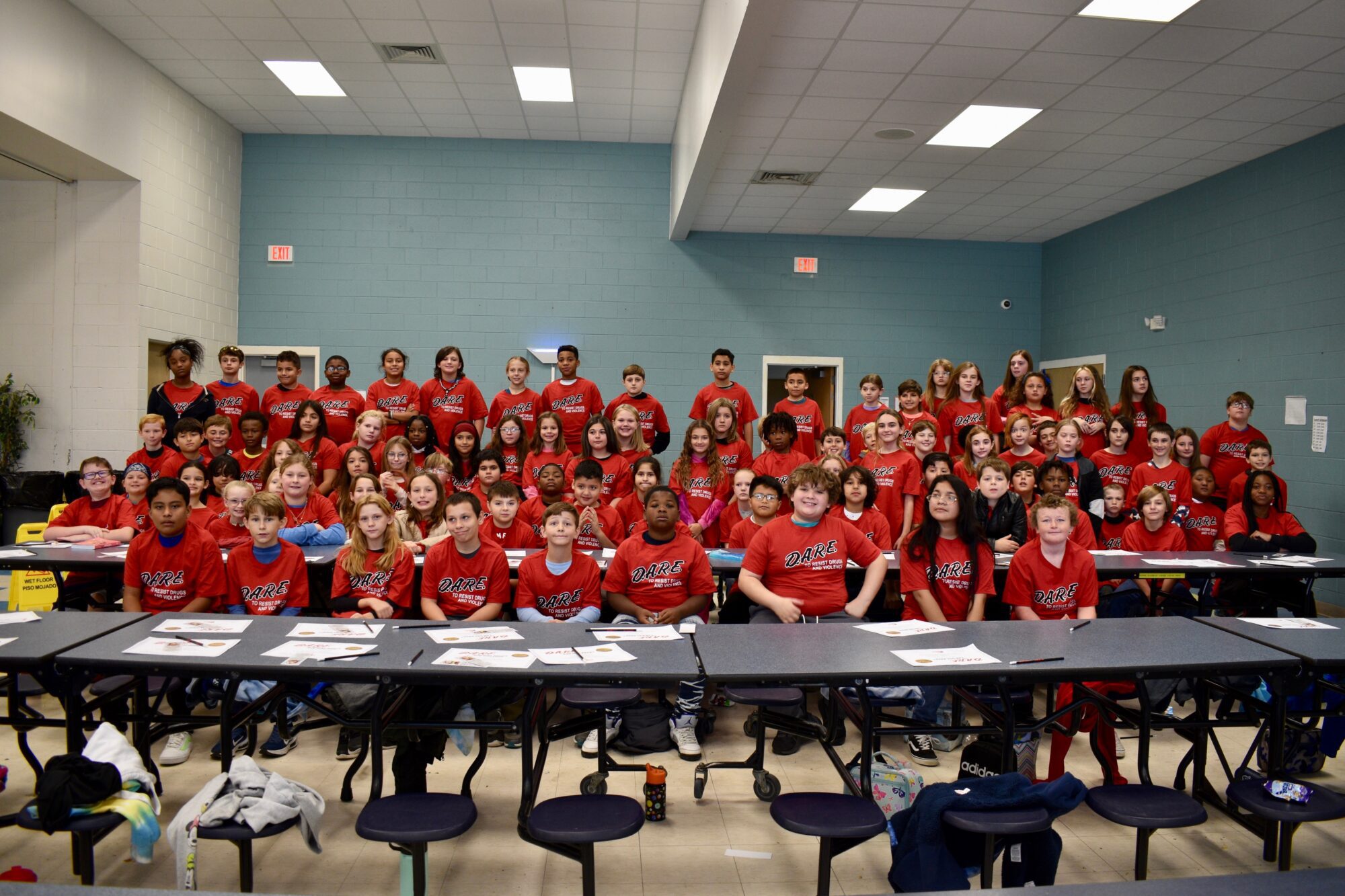
Background of the Program
Daryl Gates served as the Chief of Police in Los Angeles, California from 1978 until 1992. While there he founded both the S.W.A.T. Team concept and the D.A.R.E. program. One was tactical policing at a whole new level (S.W.A.T.) while the other was focused solely on helping youth by being an advocate and educator (D.A.R.E.).
Having seen the rise of drug use and its impacts in the 1970s and early 1980s Chief Gates created D.A.R.E., which stands for Drug Abuse Resistance Education. The program hoped to serve a role in the war on drugs by focusing on the demand side of the market, informing kids about the dangers and working to keep them from falling prey.
In 2010, a government report suggested that D.A.R.E. was not as effective as hoped in steering kids in the right direction. Instead of scrapping the proactive approach, D.A.R.E. worked with researchers from Penn State and Arizona State Universities to develop a new educationally sound curriculum backed by research and data. With its newfound emphasis, D.A.R.E. became internationally valued and is now making a difference in many nations around the world.
D.A.R.E. has turned into a massive organization with an impressive structure that keeps current, on trends in education and outreach. Its advisory boards include professional educators, counselors, school administrators, substance abuse professionals, government representatives, special education representatives, and criminal justice experts. D.A.R.E. also has a youth advisory board comprised of one young D.A.R.E. graduate from each U.S. state who helps to bring a perspective that only they can offer.
In 2016, the United States Surgeon General released a report titled, “The Surgeon General’s Report on Alcohol, Drugs, and Health”. The Surgeon General, Vice Admiral Vivek H. Murthy, M.D., M.B.A. noted that strong scientific evidence has proven the effectiveness of prevention programs like D.A.R.E.. The report also commended D.A.R.E.’s curriculum that is currently in use around the world.
Mission & Vision of D.A.R.E.
While D.A.R.E. is tobacco, alcohol, and substance abuse education it goes way beyond those issues now to address broader concerns for our nation’s youth and future. Below you will find the most current mission and vision statements for the organization to demonstrate what we are trying to accomplish.
The D.A.R.E. Mission
Teaching students good decision-making skills to help them lead safe and healthy lives.
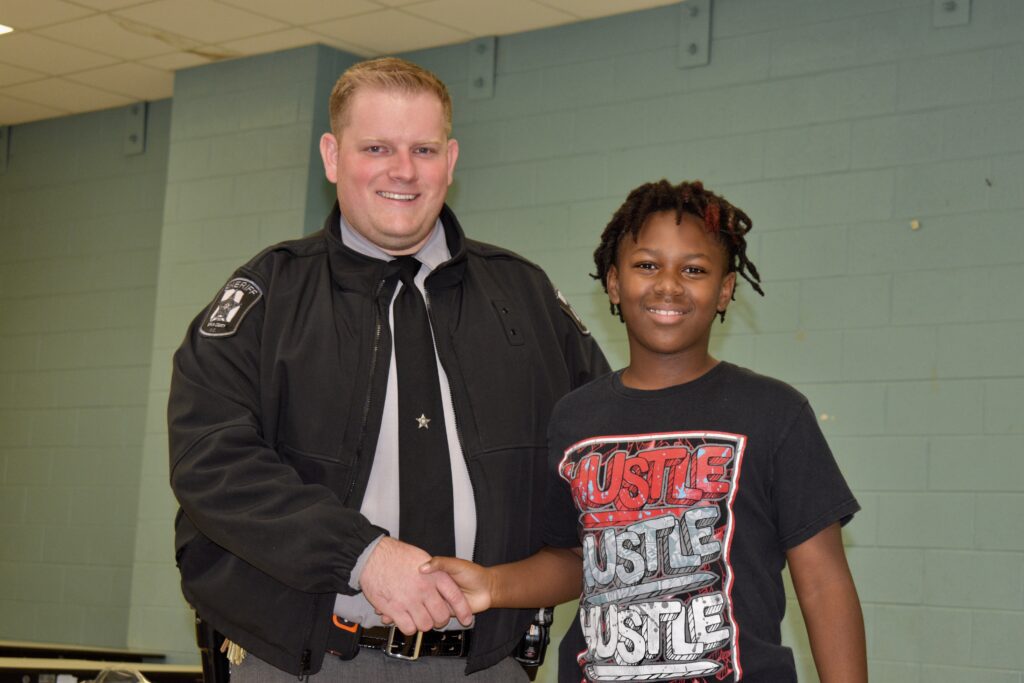
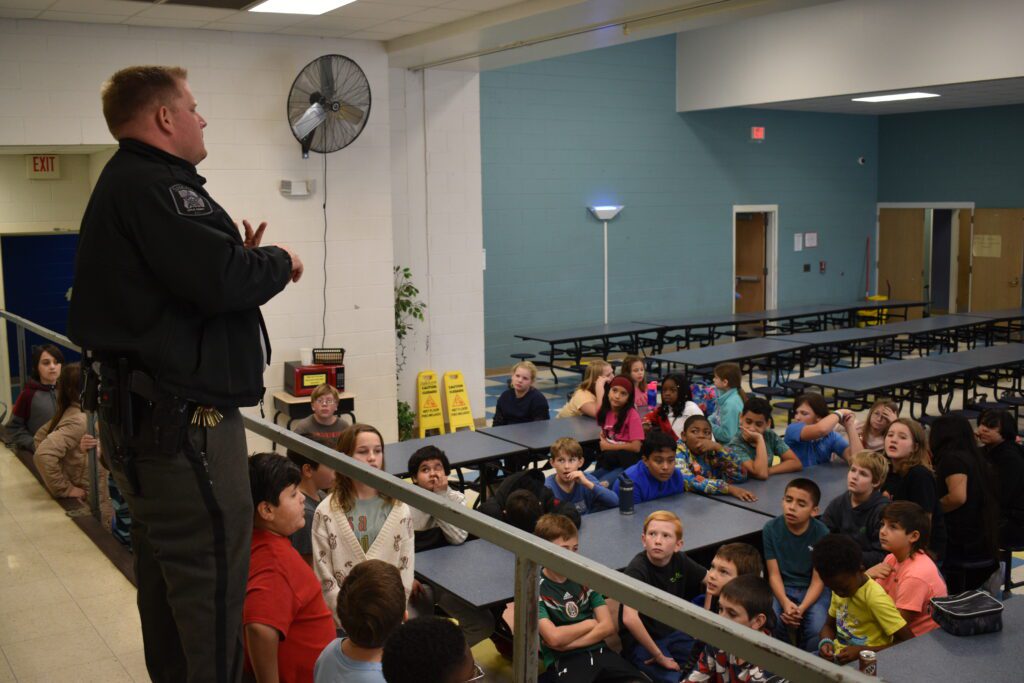
The D.A.R.E. Vision
A world in which students everywhere are empowered to respect others and choose to lead lives free from violence, substance abuse, and other dangerous behaviors.
The D.A.R.E. Curriculum
The curriculum focuses on real world issues that impact teens today, focusing on critical thinking and how to make tough decisions.

The D.A.R.E. elementary curriculum is based on the Socio-Emotional Learning Theory (SEL). It uses scenario-based and team learning techniques for ten, 1-hour class sessions to address the following topics: making safe & responsible choices, the D.A.R.E. Decision Making Model, alcohol, tobacco, and drug use, risks and consequences, peer pressure, handling stress, relationship and communication skills, effective listening, bullying, being a good citizen, helping others and getting help, self awareness and management, understanding others, the relationship between citizens and the law enforcement community.
The D.A.R.E. middle school curriculum is grounded in cultural norms and teaches youth how to live drug-free lives confidently, drawing on the strengths of the students, their families, and communities. It is also made up of 10, 1-hour class sessions. The acronym “REAL” is the central message of the curriculum and teaches youth four ways to refuse drug offers — Refuse, Explain, Avoid, and Leave. Like all D.A.R.E. programs it is highly interactive, helps to build critical thinking skills, and is scenario based.
The high school D.A.R.E. program consists of four distinct modules that offer students relevant and timely information and tools to exercise responsible decision-making. The curricular components are independent, but supportive of one another. The modules can be implemented individually, as companion pieces, or as a complete suite. It is completed largely online with a limited number of classroom sessions at the beginning and ending of the modules. The modules taught are:
Module 1: Real Messages. It is designed to change the attitudes and intentions of potential drug users. Students create their own anti-drug messages that can be presented to family, friends, or the community. This meets several states’ standards for health education.
Module 2: My Playbook. It is designed to change the attitudes and intentions of potential drug abusers. This meets several states’ standards for health education.
Module 3: My Playbook Student Athlete Curriculum. This picks up where Module 2 left off and focuses on the unique challenges faced by student athletes. This meets several states’ standards for health education.
Module 4: Celebrating Safely. This provides a unique Resource Packet for a high school’s homecoming, prom, and graduation seasons addressing underage drinking and providing guidance for celebrating safely.
D.A.R.E. also has curricula in place for opioid education for all ages, bullying, marijuana, and vaping.
D.A.R.E. Officers
All D.A.R.E. Officers must be sworn law enforcement officers and appear in uniform at all class meetings. This helps officers better understand students and the issues they deal with as well as serving building trust among law enforcement officers and the youth. All D.A.R.E. Officers must complete a rigorous instructor curriculum through the N.C. Justice Academy to be certified to teach. There is ample opportunity built into our classes for the students to bond with their D.A.R.E. Officer. During courses, students have the opportunity to ask questions both in-person and/or through an anonymous system used by D.A.R.E. to protect student privacy with delicate questions.
Click on the photo for the enlarged view.

